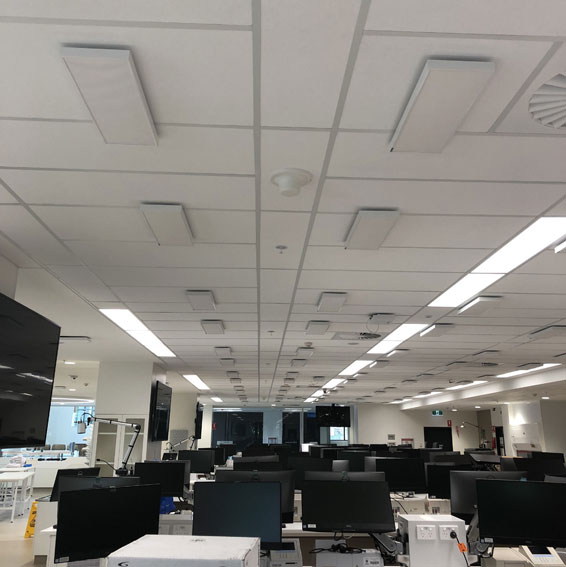They’re not like normal speakers!
General Advice:
- It’s best to evaluate the speakers in the application where they will be used. A small quiet office is quite different than an open noisy exhibit area.
- Set the volume for a comfortable level at the listener’s position. We sometimes get calls where the installer set the level so he could hear it at a location across the room and then wonders why he can hear it across the room! Don’t turn it up too high, just above conversational level at the intended location of the listener’s ears is usually about right.
- Don’t set the volume too high. Seventy dB at the focal point (a little louder than normal conversation) is usually a good starting point.
- Once you put sound energy into an area, it will bounce around until it is absorbed. In a reverberant room, especially a small room, the sound will bounce around and “fill” the room.. Setting the speaker on a desk in a small office area is probably the worst possible condition to evaluate the speaker and is not typical of actual applications.
- In most rooms, the sound absorption is either on the floor (carpeting) or the ceiling (acoustic tile). If the speaker is evaluated aimed at a wall, the sound will bounce back decreasing the apparent directionality.
- Although the sound energy level may drop more than 99% a few feet away from the focal point, our ears keep trying to hear the audio signal. Try to simulate the noise level in the final application.
HOW WE HEAR – SOME ACOUSTIC BASICS.
Loudness
Our ears hear changes in level in a logarithmic manner. For the apparent loudness of sound to change by a factor of two, the actual power of the sound waves change by a factor of 10.
In other words, for an audio program to decrease in loudness by a fourth, the energy level of the sound source must decrease by a factor of 100 (99% less energy). This is not easy to achieve if the sound is bouncing around in a small room.
Haas Effect.
The Haas Effect explains that we localise a sound source based upon the first arriving sound. Subsequent reflections arriving within 45 milliseconds add to the apparent level and intelligibility. In essence, even if the reflections are considerably louder than the original sound, and we hear them as louder, our ears perceive all of the sound as coming from the original source.
Sound absorption.
It’s a basic rule of physics that energy cannot be created or destroyed. Once sound energy is introduced into a space, it is going to bounce around until it is absorbed by something and changed into heat.
Discover which directional speaker matches your requirements
Answer a few questions to learn what’s best for you…





